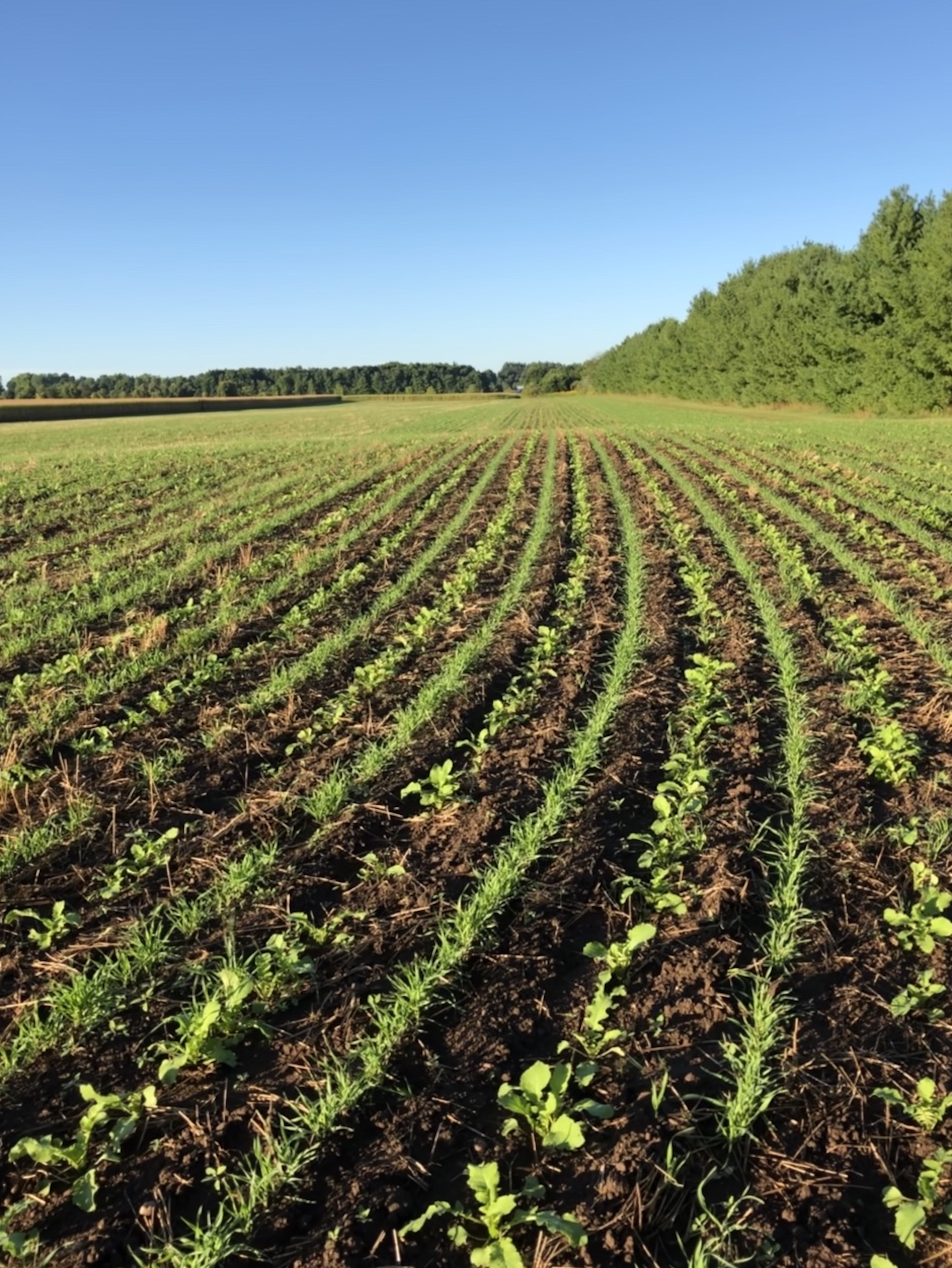
Every year, I flip the calendar to March with a healthy dose of cautious optimism. The month signifies the start of spring; a sign that the cold, snowy days will be fewer and farther between. Sunny, spring-like weather teases us for short time before winter comes back for another final blast or two.
Whether or not (or is it weather or not?) spring arrives in your corner of the country this month, preparations for the upcoming seeding season are no doubt at top of mind. We at Top Crop Manager focus on pesky plant populations at this time of year with our annual weed-related issue.
The age-old expression “growing like a weed” may be cute when referring to young kids, but for producers, weed growth is no joking matter. Each year, new threats become problematic, and in some case, old issues become new again. By now, producers across Canada should know that herbicide resistance is a serious threat – according to the International Survey of Herbicide Resistant Weeds, Canadian producers battle at least 68 herbicide-resistant weeds every year, the third-largest number of weeds resistant to one or more herbicides behind Australia and the United States. And as you’ll read in our cover story on page 12, the list of “Dirty Dozen” weeds compiled by Tammy Jones at the University of Manitoba shows that even the weeds that have been on the radar for quite some time are becoming more and more prevalent.
Scientists have made some great advancements over the years to stop herbicide resistant weeds in their tracks, with non-chemical control tools being introduced and tested more regularly. A recent study from the University of Illinois, published in Weed Science, further proved the benefits of harvest weed seed control, a project often talked about among the pages of Top Crop Manager. The research team (led by Adam Davis, the study’s co-author and the head of the department of crop sciences at the University of Illinois) collected seeds from 10 weed species commonly found in soybeans in the United States Midwest. The seeds were fed through the Harrington Seed Destructor, an Australian-designed and built impact mill, and the small amount of undamaged seeds were germinated in a greenhouse and then a field in Illinois. According to Davis, fewer than 10 per cent of the seeds buried in the field and left through the winter survived – promising results for sure.
Non-chemical weed control is top of mind for scientists, industry and producers on our side of the border as well. On page 6, you’ll read results from a project conducted by researchers from the University of Manitoba and the Manitoba Pulse and Soybean Growers that evaluated the efficacy of mechanical weeders on dry beans integrated weed management approach with herbicide applications. And strategies like cover crops can provide more benefits than just weed control, as you’ll read about on page 20.
The weed control methods you choose will change from one season to the next, but one key message remains the same every year: a diverse toolbox will give you the best defense. We hope the strategies you read about in this issue will provide you with new ideas to try.
